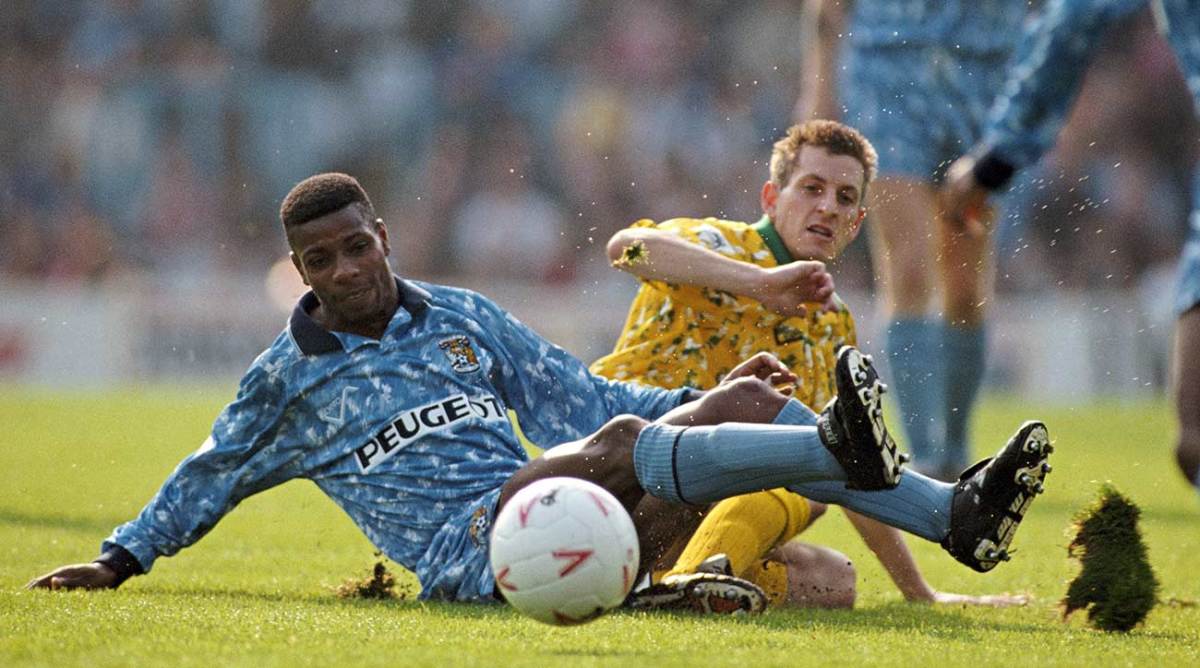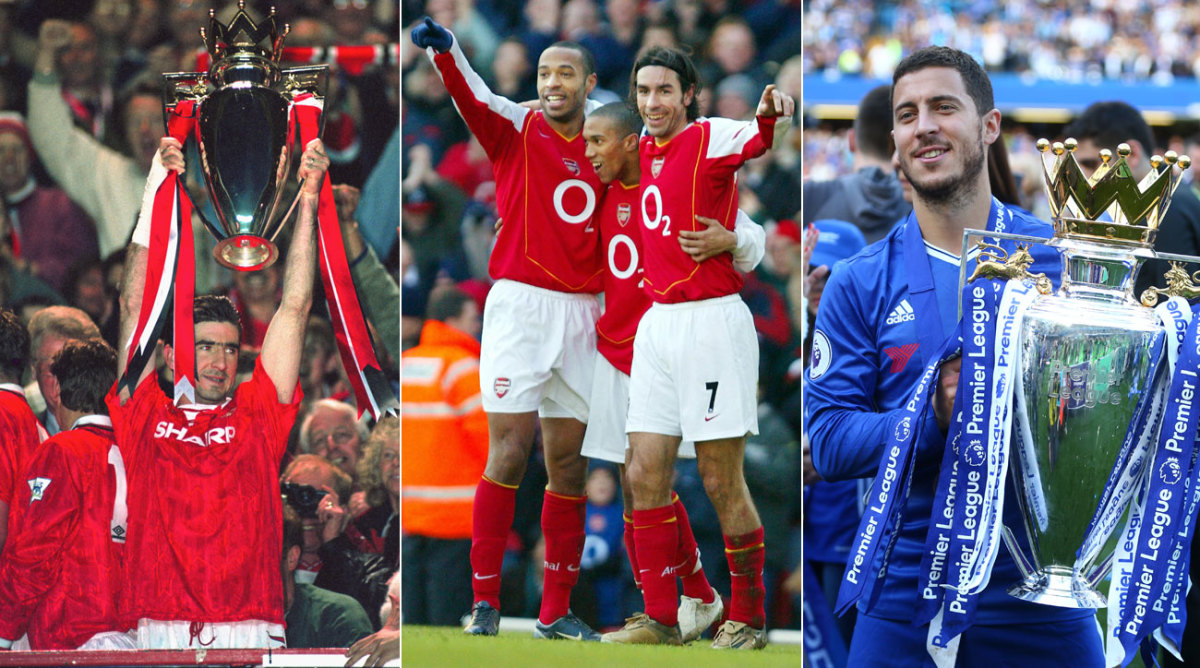Premier League 25 Years In: From Scrappy Outsider To Financial Juggernaut

At 25 years of age, the Premier League has earned its swagger on the European club level. Its teams may generally have under-performed in the Champions League over the past seven years or so, but there is no doubt which the richest league is: 12 of the 20 Premier League clubs featured in Deloitte’s list of the top 30 clubs by revenue released in January this year. Given those figures are for 2015-16, before the record £11 billion TV deal kicked in, that domination is only likely to increase in the short term.
It’s a long way from 1992, when the Premier League regarded Europe with a combination of awe and suspicion. The Heysel ban had just ended and, after a series of humbling defeats, it wouldn’t be until 1999 that an English team lifted the Champions League for the first time.
Arsenal Claims Community Shield in Shootout Win vs. Chelsea
Looking back, that feels like a different world. Manchester United, now the most successful team in English history, was a frustrated and faded giant, having failed to win the league since 1967. The backpass law had just come into effect and caused chaos for the first few weeks of the season as defenders had to learn not to do what had been natural to them since birth and stop knocking the ball to the keeper every time they came under pressure. On that first weekend, there were only 12 non-British or Irish players; now roughly 70% of players at Premier League clubs are foreign.
But the game simply looks different. It’s not just the baggy kit and the quaint sponsors; its everything, from the often patchy nature of the grass to the make-up of the fans, many of whom in 1992 were still standing on terraces. The ball was played long far more often, tackles were heavier and there were almost twice as many offside calls.

In most senses, the 25 years of the Premier League has been a great success: the quality of football is better, the game is better marketed, stadiums are safer and more comfortable, and there is now genuine competition at the top end with as many as six teams having a genuine chance of winning the league and the example of Leicester still fresh enough to persuade the rest that a surprise is possible.
There have been costs, mostly in terms of alienation. Tickets are more expensive now than ever before and that means that crowds tend to be older. Precise figures are almost impossible to come by, but five years ago a director at Manchester City suggested the average age of their season-ticket holders had gone up by eight years over a decade. The Football Supporters Federation has done remarkable work in securing a cap of £30 on away tickets but, still, the idea of football as the working-man’s game is, on the level of going to matches, absurdly old-fashioned.
Neymar's Transfer from Barcelona to PSG Defies Belief on All Levels
The gulf between rich and poor is greater than it has ever been, for all the romance of Leicester’s success. Decent players rarely stay at mid-sized clubs for long, lured ever upwards into the vast squads of the elite, which only increases the distance felt between fans and the club they support. Commitment and loyalty, two of the virtues on which the game was founded, are honored now in the abstract if at all.
So where does the game go from here? How may it look in 25 years? Tactically, all the indications are that it will get even quicker, that finding space will become ever harder and pressing regimens become more and more sophisticated. At the same time, the probability is for technical improvement, less among creative players who are already skillful, than among defenders: the demand that everybody should be able to control and pass a ball will increase as the demand increases for enhanced intermovement to circumvent more and more intelligent marking schema. The uses of data in creating those structures are only beginning to be investigated.

Beyond that, the biggest issue is money. Transfer fees this summer have led to talk of a bubble, and it seems to defy logic that football should be immune to the economic forces that have led Britain on a seven-year path into austerity. However, indications are that the next television deal, on which negotiations will begin later this year to kick in in 2019–20, could be as much as 30 percent higher, driven by overseas rights. Set against that are concerns over illegal streaming and Brexit, the consequences of which could be devastating for the UK economy. At least one overseas owner of a major club has cut back on spending this summer with a view to selling up.
MLS Commissioner Garber Indicates Beckham's Miami Expansion Dream Nears Reality
Leaving the European Union could disrupt everything – not just in terms of a tanking economy but also in that it would allow the FA to introduce meaningful restrictions on foreign players; whether they would or not depends whether they prioritize the quality of the product or the belief that the presence of so many overseas players is hindering the development of local talent.
That one huge issue aside, though, there’s no reason to assume the Premier League would not go on as it is, an international league played in England (and Wales). Although it has so far been successfully opposed by fan groups, there is still interest within the league for looking at playing games abroad, whether that’s part of the existing 38-game structure or an additional match. Both would raise issues of the integrity of the competition and a responsibility to local fans, but money tends to win out.
The bigger pressure for change is likely to come from outside: if Bayern Munich, Juventus, PSG, Barcelona and Real Madrid get sick of dominating their leagues and decide they want a share of the Premier League wealth, particularly now that it outstrips the Champions League, it may be that the Premier League as it currently exists isn’t around at all in 25 years. For now, though, its position is strong, superbly marketed, financially dominant and with genuine competition at the top end.
